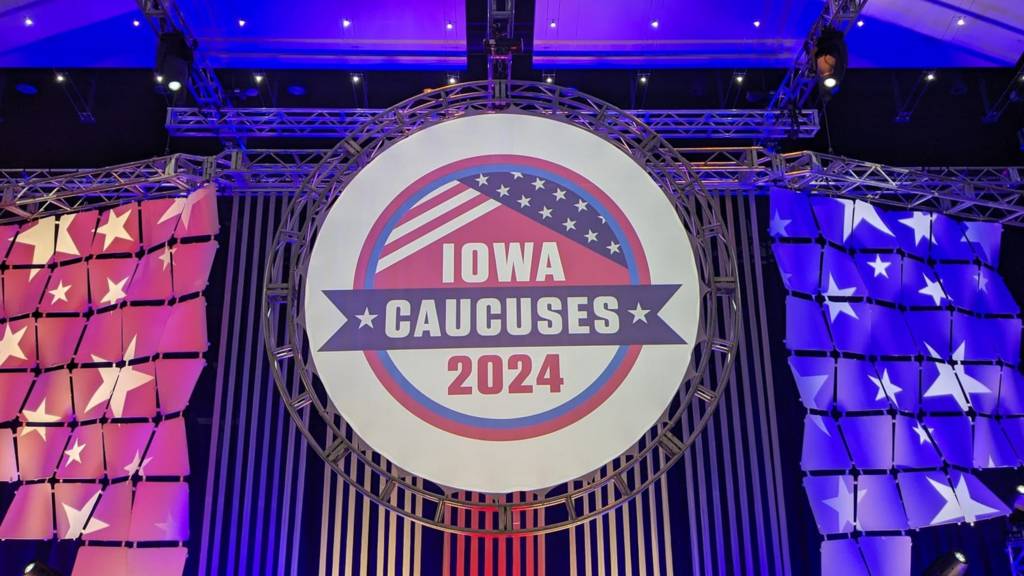Ad campaigns taking over television, invigorating speeches followed by thunderous applause, and hundreds of miles traveled with weeks of grinding all for the approval of California? No, too big, too relevant. Ahh, Florida! Now that’s a battle ground state! No, still not right. Hmm, how about Iowa. Yup, you heard it here first folks! Politicians spend their days traveling, giving speeches, scratching, clawing and biting their nails over the approval of Iowa! The wise Kathy O’Bradovich once said, “Iowa is not first because it is important, Iowa is important because it is first.”
On a more serious note, the Iowa caucus has been happening since 1972, and the reason? Well, it just kind of happened. The Iowa caucus is a “neighborhood meeting” or according to the Merriam-Webster dictionary, “a group of people united to promote an agreed-upon cause.” Basically, meetings across Iowa will happen in every county at various locations called precincts. The Republican party will meet in one part of town, while the Democratic party meets in another. Then various speeches are made on behalf of the candidates by the attending members and a vote ensues. The candidate with the most votes wins that “precinct” or gathering place and the process continues. At the end of the night (but usually much later when results are finalized), both parties have an idea of who the front runner is for their party and what the competition looks like.
The caucus system is heavily criticized. One flaw is the time constraint. Caucusing in-person at a precinct allows for only one hour for voting at a time. There is no absentee ballot, no early voting, no mail-ins, etc. If you are not there, you miss it. Another criticism is the question of Iowa’s ability to represent the United States. Iowa’s rural population percentage of 36.8% is over double the national percentage of 17.9%. Nonetheless, the Iowa caucus can be a valuable indicator of the presidential primary.
As polling indicated, former President Trump annihilated the field in the Iowa caucuses, receiving 51% percent of the vote. As reported by the New York Times, Florida Governor Ron DeSantis edged out the former Governor of South Carolina Nikki Haley for second, receiving 21.2% to 19.1% of votes cast. Vivek Ramaswamy finished fourth with 7.7% of the votes cast and suspended his campaign later that night. Looking forward, the first primary of the election cycle will occur next Monday, Jan. 23, where challengers to the former president hope to gain traction within the GOP. Aggregate polls via RealClearPolling show Donald Trump with a substantial polling lead over Haley.
